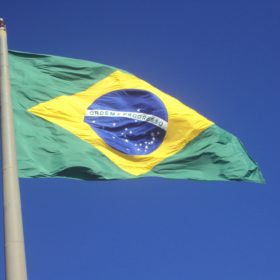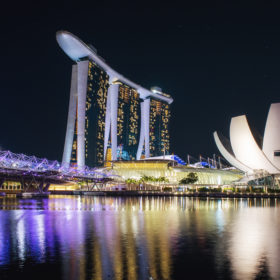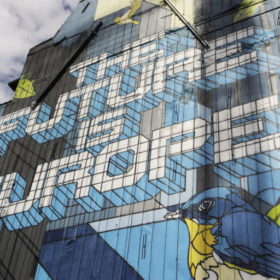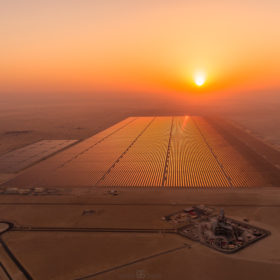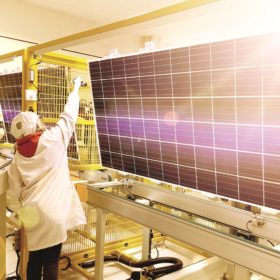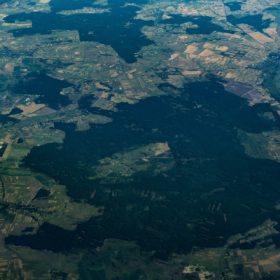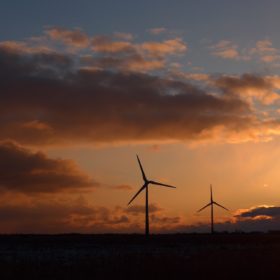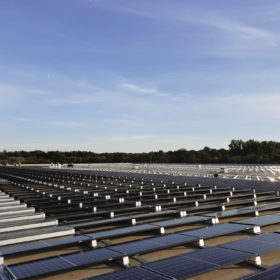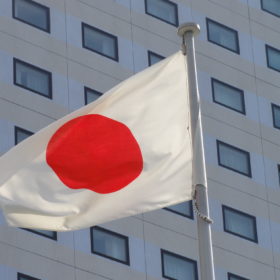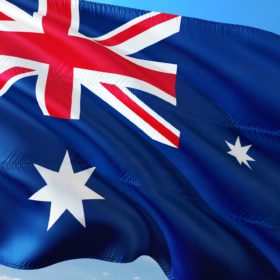Average solar power price in Brazilian A-6 auction reaches $20.52/MWh
Only 530 MW of the 2.97 GW of renewable energy generation capacity contracted in the procurement exercise went to solar. Eleven solar projects were successful and their final electricity prices were far below those offered by competing technologies.
REC kicks off production of new Alpha Series panels in Singapore
With the 600 MW production line the company’s annual module production capacity will approach 2 GW.
Operation Silver Frog: Innovative 2 GW solar production plan for green hydrogen in Europe
European partners have submitted a joint proposal to use EU-made solar modules and wind turbines to power green hydrogen for use by heavy industry. The partners hope to secure designated status and backing from the bloc’s deep coffers.
Dubai’s 900 MW solar tender sees lowest bid of $0.0169/kWh
The offer was apparently submitted by Saudi energy giant ACWA Power, which refused to confirm the bid when asked by pv magazine. The second lowest bid – $0.0175/kWh – was reportedly submitted by a consortium formed by Emirati developer Masdar, French utility EDF and Chinese PV panel maker Jinko Power.
Canadian Solar wins 394 MW of solar in two private auctions in Brazil
After emerging as the recipient of most of the Brazilian government’s public allocation of generation capacity, the Canadian-Chinese manufacturer has secured a large share of projects in auctions held by power companies Copel and, probably, Cemig.
Is solar eroding too much land? The EU thinks not
The EU’s Joint Research Center has created a comprehensive dataset to characterize the solar energy potential in the bloc’s 28 member states. The data shows even a 100-fold increase from current solar capacity would require a very limited amount of land – a lot less than wind power.
Denmark launches second solar-wind auction
Selected schemes will be eligible for a feed-in premium – related to the wholesale electricity price – for 20 years. The ceiling price for the premium has been set at the equivalent of $0.0089/kWh.
France assigns 129.4 MW in commercial and industrial PV tender
The final average price for power generated by solar systems with a capacity of 100-500 kW came in at €97.48/MWh. The price for 500 kW-8 MW installations was €86.54/MWh. Only the latter category saw a fall in price compared to the previous commercial solar tender.
Total begins work on 52 MW solar park in Japan
The Total Solar International PV unit of the French oil giant has started construction of a large scale plant in Osato, in the prefecture of Miyagi, Japan. With its third solar project in Japan, Total will reach 100 MW of installed generation capacity in less than two years.
Siemens backs 5 GW green hydrogen plan for Australia
A massive green hydrogen production project has been unveiled in Western Australia with Siemens on board as technology partner. The location has been touted as Australia’s best for solar and wind power generation potential.
